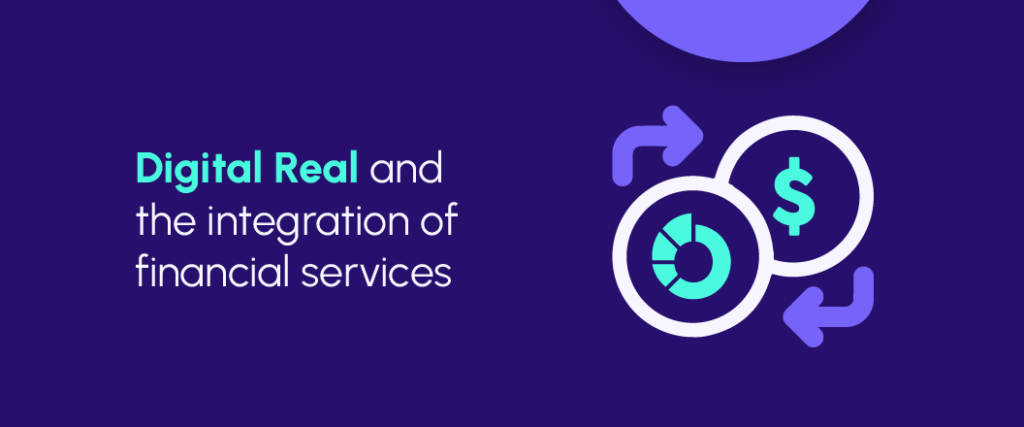
The Federal Reserve plans to integrate Pix, Open Finance, and the Digital Real in order to develop a digital economy in the country, providing more efficiency and security in transactions. With the first two already in action, achieving success, and receiving approval from the Brazilian population, the Digital Real is currently in the testing process.
Digital Real is the Federal Reserve’s digital currency (from the English acronym CBDC, Central Bank Digital Currency). In other words, it is the electronic form of the Real, which is seen in a good light as it can reduce fiscal evasion and offer major convenience and efficacy when making payments, both within traditional retail and e-commerce.
Even though the idea is to establish it as a parallel currency to the physical Real, perpetuating the process of financial digitalization, there is also the justification of the extinction of paper money in Brazil, through the 4068/20 Bill of Law, which oversees exclusively digital financial transactions and is being looked into by the House of Representatives.
In an announcement made in March of this year, the Federal Reserve’s project coordinator, Fabio Araujo, reiterated that the Digital Real will allow the transfer of financial assets in a manner that is just as immediate as Pix, also providing support in the offering of the system’s financial services.
Another important element when using the Digital Real is the so-called tokenization of assets: the inclusion of financial and physical assets in blockchain networks, looking to facilitate their registration and trading. The study of the electronic currency started in 2021 at LIFT (Laboratory of Financial and Technological Innovations) and tests began in 2023, with the forecast of being at the disposal of account holders by the end of 2024.
One of these phases is the development of a pilot project, in which privacy and programmability functionalities are being tested through the implementation of a specific use case – a delivery versus payment (DvP) protocol of public federal titles among various customers from different institutions, aside from services that comprise this transaction.
The Federal Reserve has initiated the incorporation of participants to the platform of the Digital Real pilot this month of June. The forecast is to conclude the testing phase with the Digital Real (wholesale) and the tokenized Real (retail) by December, and with federal public titles up until February 2024. Thus, the idea is to present the test results as a whole in March of the upcoming year.
Other measures that will be implemented by the institution are the finance aggregator and the digital wallet so that users have access to applications, which offer all of the financial management and centralization of accounts in a single place.
Relationship with Pix and Open Finance
According to the Federal Reserve’s chief of Pix Management and Operations, Carlos Eduardo Brandt, Pix and the Digital Real complement each other, generating benefits for both businesses and consumers.
— The Federal Reserve is not doing anything to overshadow what it has already accomplished. There is a vision that, in certain cases, mainly when it comes to solutions for financial services, the Digital Real will occupy the space for these products.
Almost three years since its launch, Pix counts with more than 153 million users. Furthermore, Open Finance, which reached the market in February of 2021, recently surpassed 30 million consents.
Consequently, the president of the Federal Reserve, Roberto Campos Neto, also revealed this month that one of the expectations held is the creation of a Super App to integrate all the financial products and services, originating from the sharing of information provided by the open finance system.
The Open Finance would operate in three tiers within this integration: protocols (payments, investments, credit, etc.), applications, and aggregation (the service providers themselves). The idea is for Open Finance to assist in integrating various institutions and protocols, “connecting different business models inherent to the financial system.”Among the highlights in this market is Celcoin, a financial infratech which arose as a pioneer in Open Finance and, nowadays, adapts the major innovations of this technology to fit companies of all sizes, operating in every sector. Open Finance is also integrating to Banking as a Service (BaaS) solutions, which allow corporations to perform their own financial operations, such as Pix Cash-In, Cash-Out, multiple transfers, and many more.